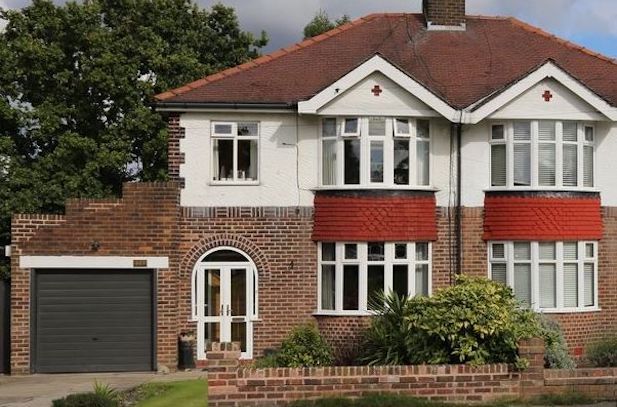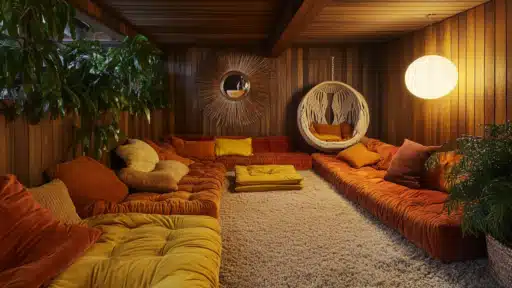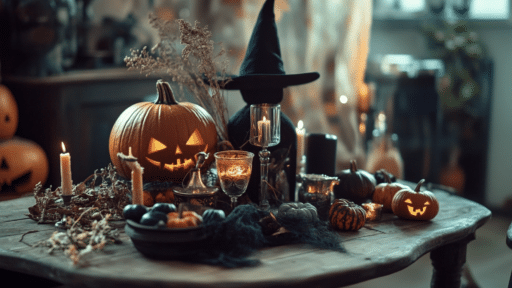Edwardian houses, built during the early 1900s, remain popular today for their comfortable and spacious designs.
Constructed during King Edward VII’s reign, they can be found in cities across the UK, US, Canada, and Australia.
These homes are recognized for their light-filled rooms, quality construction, and a mix of traditional and modern elements.
This guide will cover the key features, history, and appeal of Edwardian houses and offer tips on how to incorporate this style into your home.
Overview of the Edwardian House Style
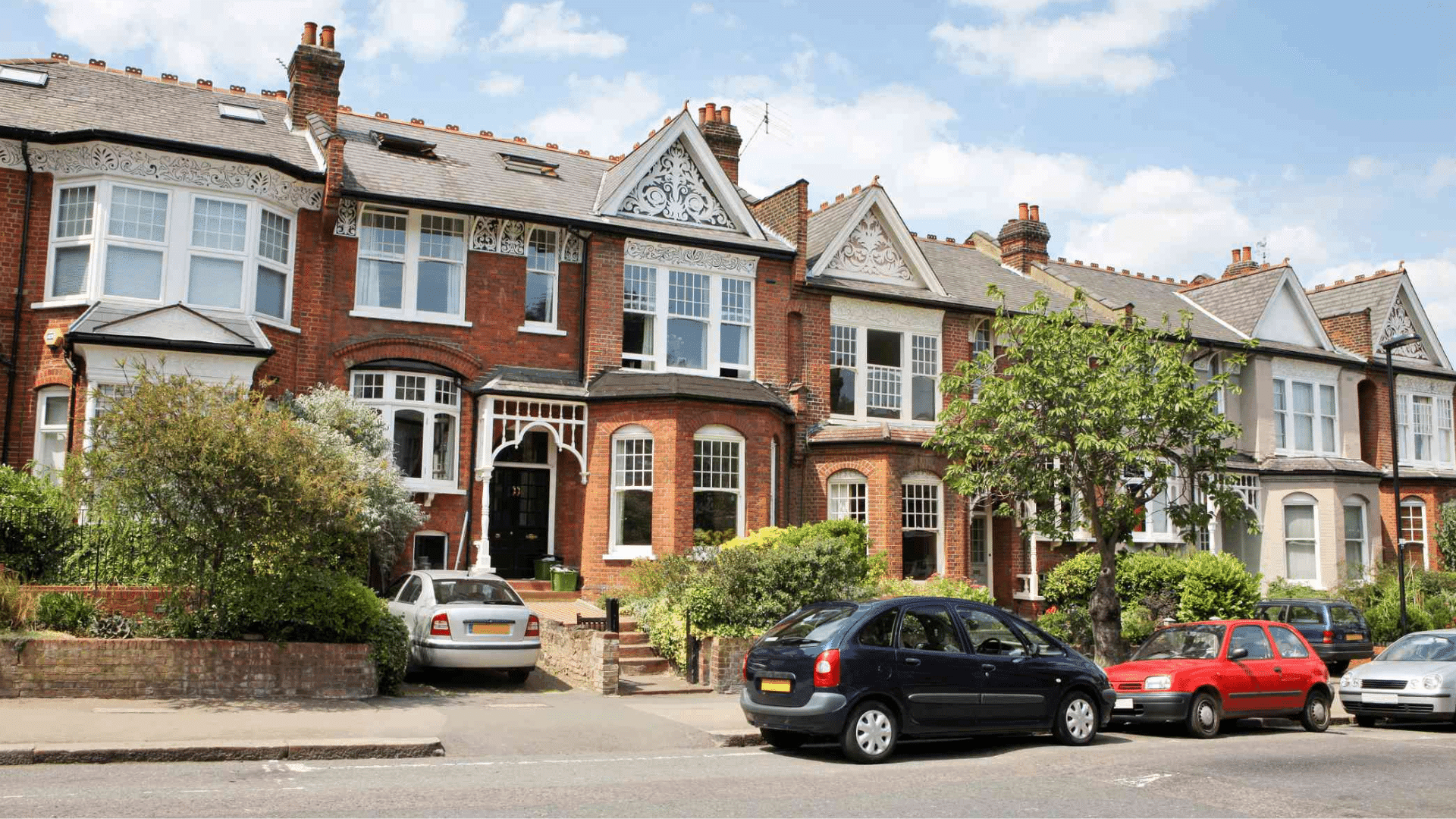
Edwardian houses marked a shift in architectural history, moving from the highly decorative Victorian era to a more practical, modern approach.
Built between 1901 and 1910, these homes reflect changing tastes and needs, focusing on functionality without losing aesthetic appeal.
Historical Context: The Birth of Edwardian Architecture
Transition from Victorian to Edwardian:
- As the 19th century ended, people began moving away from Victorian homes’ complex and ornate designs.
- The new century called for simpler and more functional living spaces, which would make homes easier to maintain and suitable for modern life.
Social and Cultural Changes:
- The early 1900s saw a significant increase in urban living and technological advancements.
- With indoor plumbing, central heating, and electricity becoming standard, home designs were evolving to meet practical needs.
Shift Toward Simplicity:
- Victorian homes were known for heavy decoration and formal, compartmentalized spaces.
- In contrast, Edwardian homes embraced simplicity, focusing on comfort and ease of living.
The Influence of King Edward VII:
- King Edward VII, who ruled from 1901 to 1910, influenced the design of homes during his reign.
- His love for social gatherings led to the creation of larger, more open rooms that were perfect for hosting guests.
- High ceilings, large windows, and an airy feel became key features of Edwardian homes.
Key Features of Edwardian Houses
Architectural Characteristics
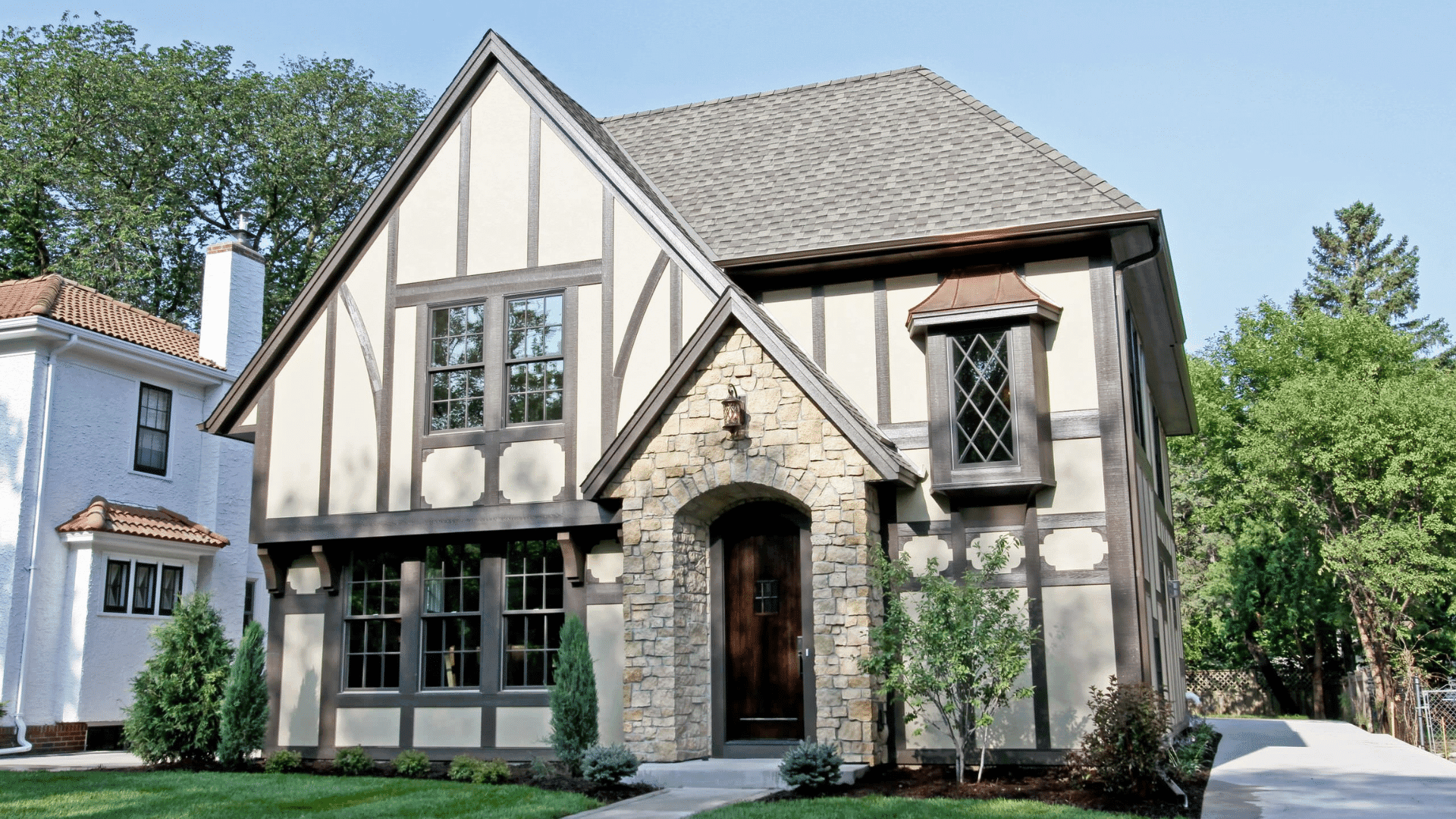
- Simple Designs: Edwardian houses moved away from the ornate designs of the Victorian era, focusing on cleaner lines and symmetrical designs.
- Natural Materials: These homes often use materials like brick or stone, creating a warm and welcoming look.
- Bay Windows and Gabled Roofs: Common features include bay windows, which allow plenty of natural light, and gable roofs that add character to the exterior.
- Wide Porches: Many Edwardian homes include spacious porches, perfect for outdoor seating.
Spacious Interiors
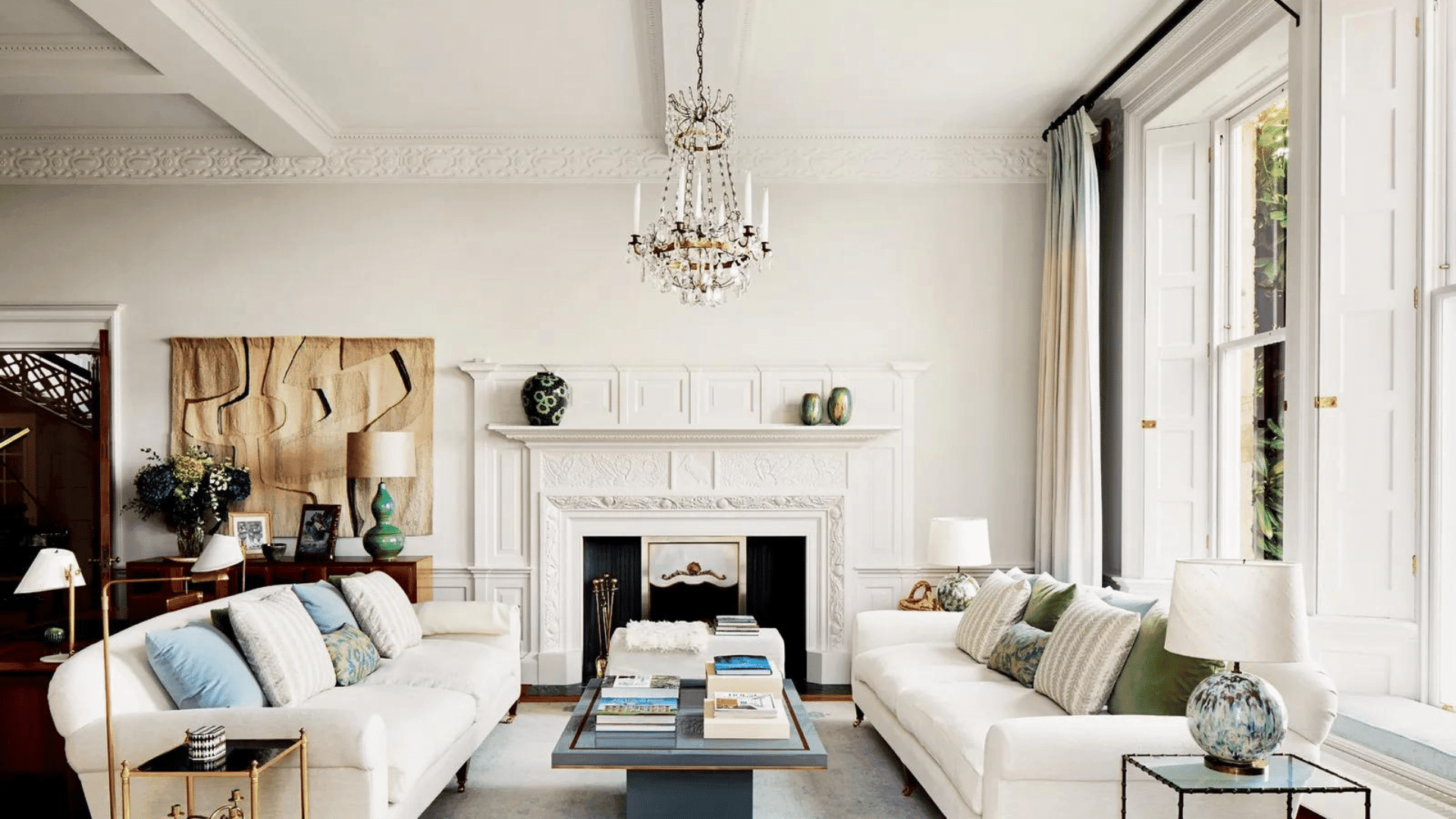
- Open Layouts and High Ceilings: Unlike the smaller, closed-off rooms of the Victorian period, Edwardian homes are known for large rooms and high ceilings, creating a sense of openness.
- Double-Hung Windows: These windows improve airflow and brighten interiors by allowing more natural light into the space.
Signature Exterior Elements
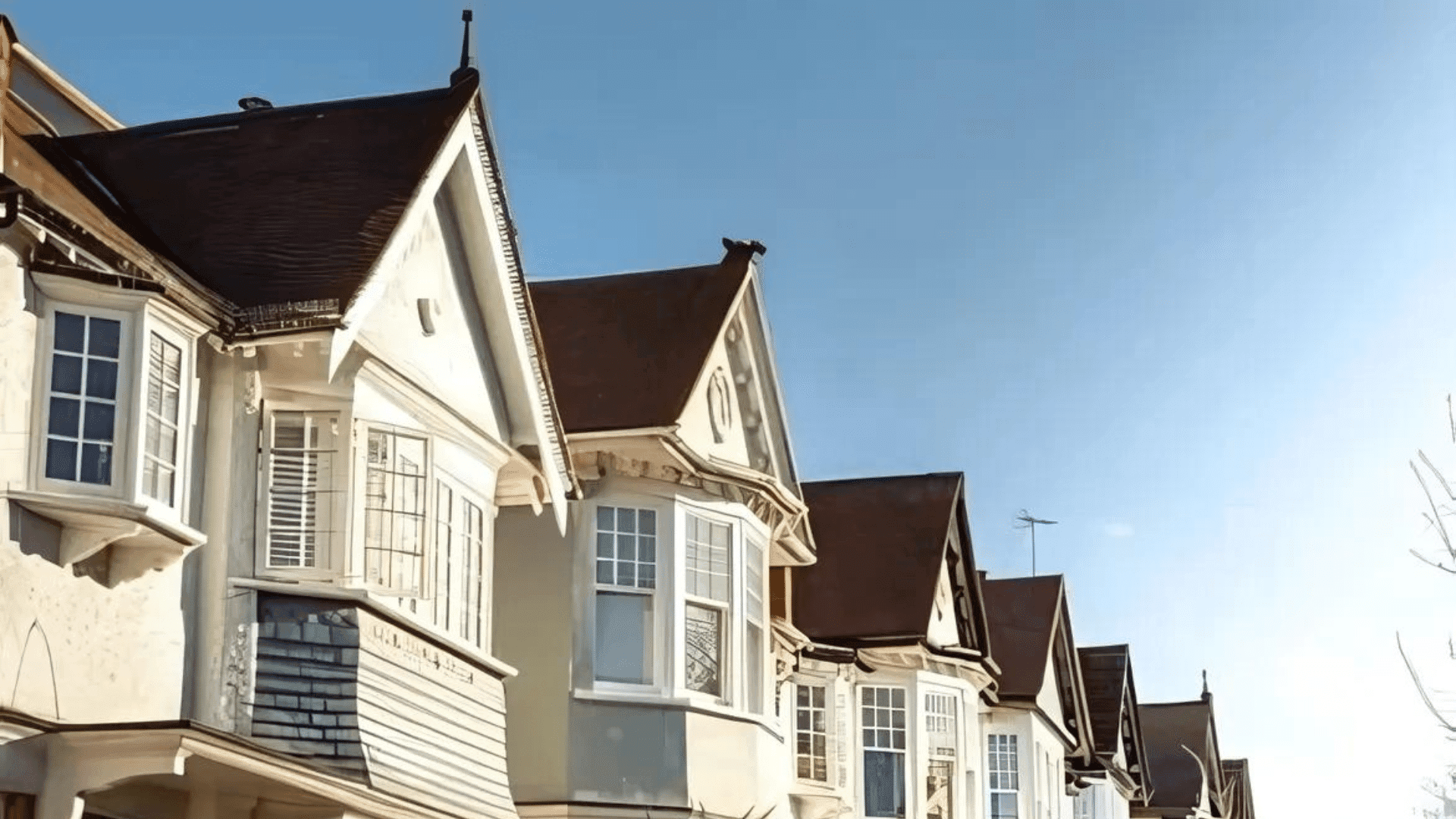
- Cornices and Dentils: These decorative roofline details give Edwardian homes a refined appearance without excessive ornamentation.
- Flat Roofs and Symmetry: Edwardian homes often feature flat roofs and symmetrical facades, contributing to a well-organized exterior design.
Variations of Edwardian House Style
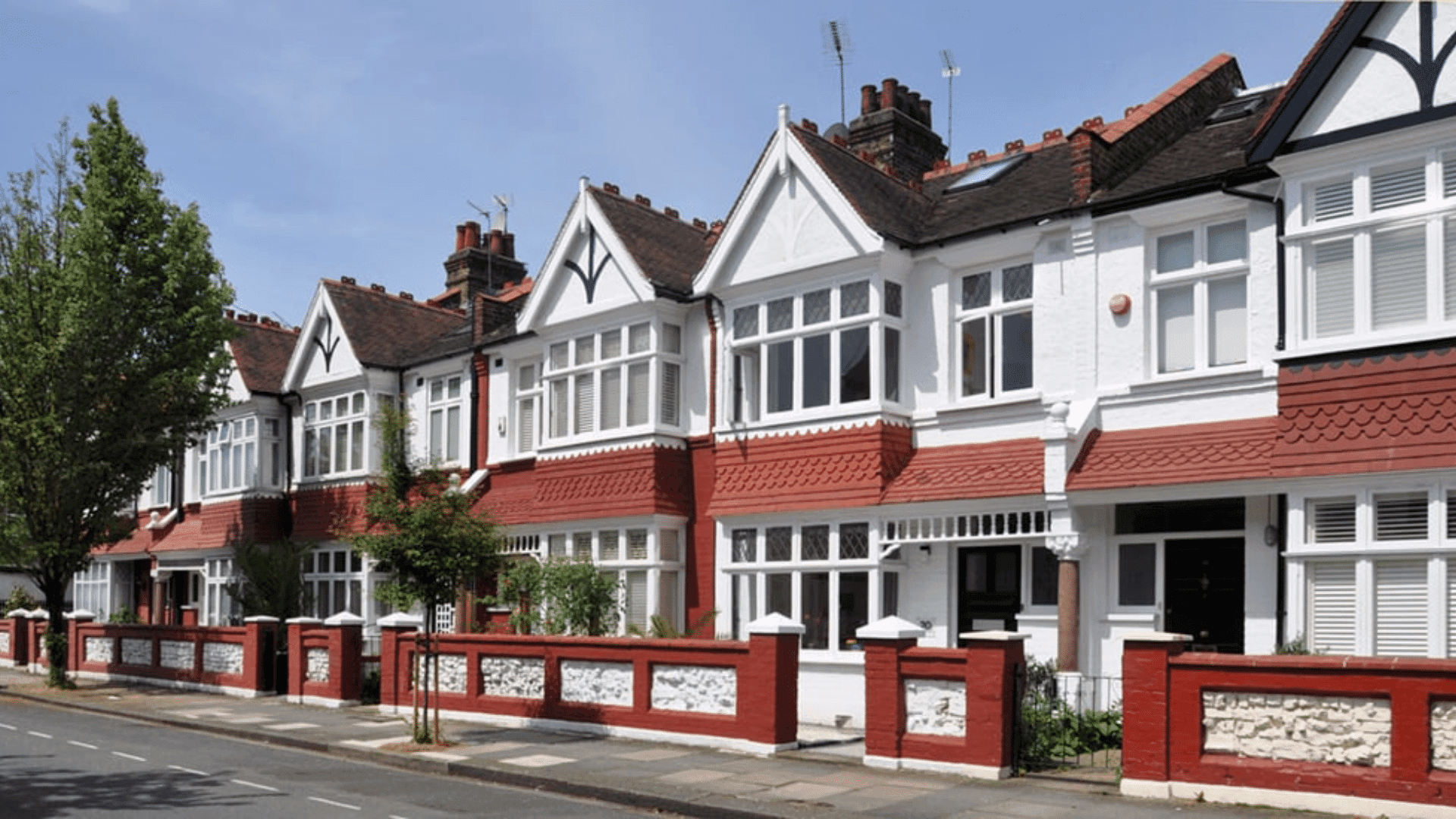
Edwardian house styles are not limited to one form.
Several variations emerged during the period, offering different layouts and designs to suit different needs.
Types of Edwardian Houses
- Semi-Detached Homes: These homes share a wall with a neighboring house, offering both privacy and a connection to the community.
- Detached Homes: Standing alone, these homes often include large gardens, making them popular for families.
- Terraced Homes: Found in urban areas, terraced or row houses are connected on both sides to other homes, making efficient use of limited space.
- Bungalows: Single-story homes that gained popularity for their practicality and ease of maintenance.
- Flats: In cities, Edwardian flats or apartments feature high ceilings and large windows, offering a bright and airy feel.
The main difference between these types is the number of floors.
Multi-story homes, such as semi-detached and detached houses, often have bedrooms upstairs and living areas downstairs, while single-story homes, like bungalows, have everything on one level.
Regional Variations in Edwardian style
As Edwardian style spread around the world, it changed to fit local tastes and needs:
- UK: Edwardian homes in the UK often feature red brick exteriors, bay windows, and front gardens.
- San Francisco: Following the 1906 earthquake, many Edwardian homes were built in lighter colors, replacing lost Victorian structures.
- Canada: In Toronto, Edwardian homes often include front porches and large red-brick facades.
- Australia: Edwardian homes in Sydney are designed with wider verandas to suit the local climate, using materials like wood for practicality.
These changes show how flexible the Edwardian style was.
It kept its core ideas of simplicity and light while fitting in with different places and cultures.
This ability to adapt is one reason Edwardian homes are still loved in many parts of the world today.
Comparison with Victorian Styles
Understanding Edwardian homes becomes clearer when we compare them to other styles, especially Victorian houses.
While these styles share some similarities, they also have key differences that set them apart.
| Aspect | Victorian Homes | Edwardian Homes |
|---|---|---|
| Decoration | Ornate with complex designs and fancy details | Simpler, less ornate with minimal embellishments |
| Layout | Many small rooms, each with a specific purpose | Larger, more open living spaces with bigger, brighter rooms |
| Function | Built to impress with formal spaces for entertaining | Focused on comfort and practical everyday living |
| Light and Air | Smaller windows, lower ceilings, darker interiors | Larger windows, higher ceilings, more open and airy |
| Colors | Dark, rich interior colors | Lighter, softer shades for a brighter feel |
| Overall Comparison | Elegant but formal and highly decorative | Practical, comfortable, and easy to live in |
Why Edwardian Homes Remain Popular
Even though Edwardian homes were built over 100 years ago, they continue to be popular because of their spacious designs, attention to detail, and ability to accommodate modern living.
Spaciousness and Modern Features
- Edwardian homes offer large living spaces and high ceilings, making them desirable for modern families.
- They were among the first homes to include features like central heating and indoor bathrooms, often requiring fewer updates than older Victorian homes.
Unique Details
- These homes stand out for their detailed woodwork, decorative fireplaces, and unique stained glass windows.
- These features make Edwardian homes feel special and distinct from newer properties.
Easily Updated for Modern Living
- Edwardian homes can be adapted to suit modern needs while maintaining their original appeal.
- Their spacious layouts make it easy to create open-plan living spaces or update kitchens and bathrooms.
In short, Edwardian homes offer a unique package: the beauty and craftsmanship of a bygone era combined with layouts and features that work well for modern living.
How to Get the Edwardian Look
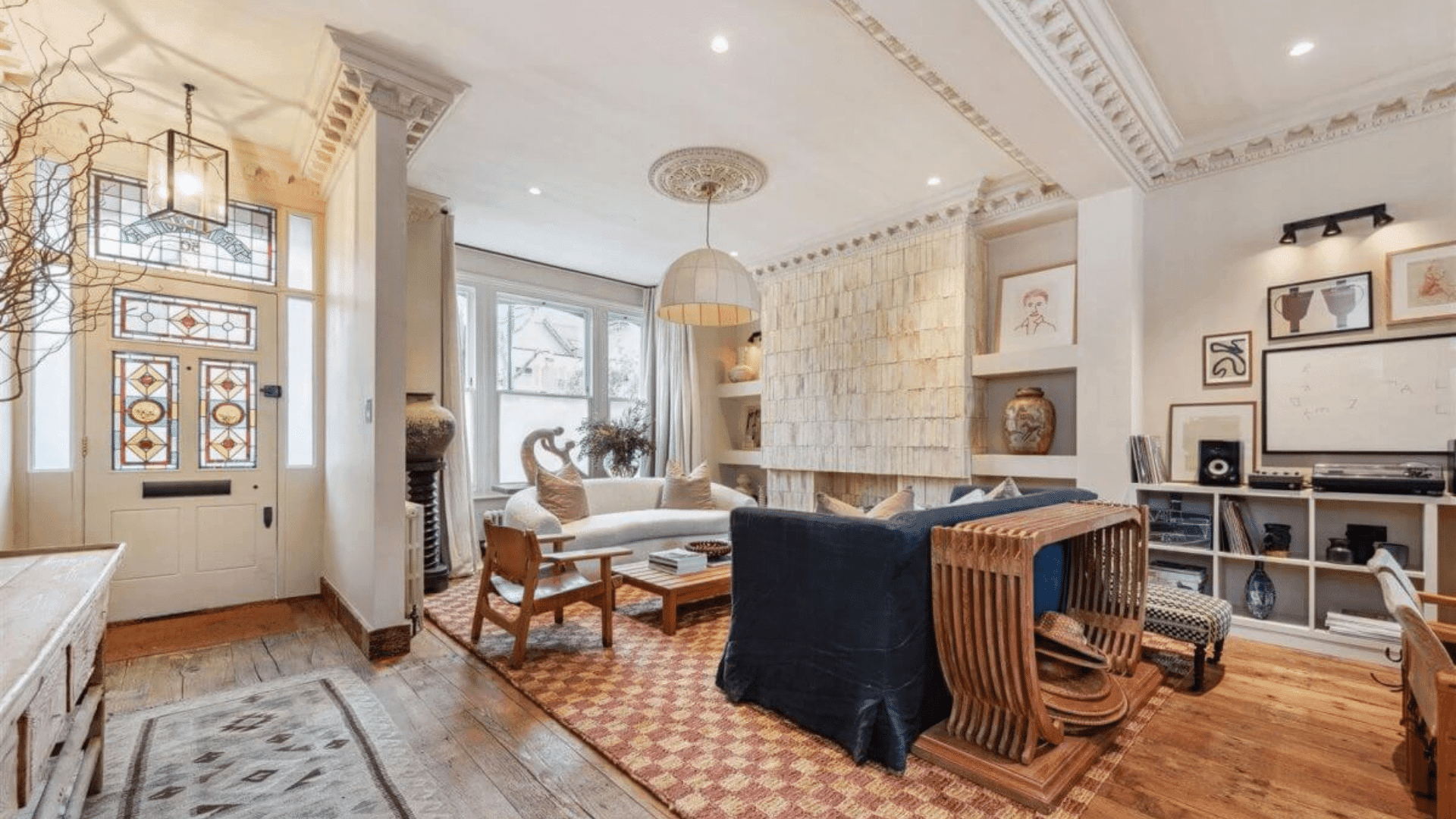
Bringing the Edwardian style into your home can create a space that’s both elegant and welcoming.
You don’t need to live in an Edwardian home to enjoy its style. Here are some ways to incorporate Edwardian elements into your space.
Interior Design and Decor
Light, airy color palettes:
- Light Colors: Soft blues, greens, and creams can help recreate the bright and airy feel of Edwardian interiors.
- Floral Patterns and Art Nouveau: Subtle floral designs and natural patterns can be used in wallpaper or furnishings to bring a traditional touch.
Remember, the key is to keep things light and not too fussy. A few well-chosen floral or Art Nouveau elements can add just the right Edwardian touch without overwhelming the space.
Furniture and Furnishings
- Natural Furniture: Add wicker, bamboo, or light wooden furniture to rooms for a traditional Edwardian feel.
- Polished Wood and Soft Fabrics: Polished wood furniture paired with light, soft fabrics can create a comfortable and welcoming space.
By mixing these elements – light colors, natural materials, and subtle patterns – you can create a space that captures the essence of Edwardian style.
Conclusion
Edwardian houses blend the best of old-world charm with modern livability.
With their spacious rooms, large windows, and beautiful craftsmanship, these homes continue to attract homeowners today.
Whether you’re lucky enough to live in an Edwardian home or admire their style, understanding these houses helps us appreciate a unique moment in architectural history.
From London to San Francisco, Sydney to Toronto, Edwardian homes have left their mark on cities worldwide.
Their enduring appeal lies in their ability to adapt to contemporary needs while maintaining their historical character.
Are you interested in exploring the Edwardian style further?
Why not visit a local Edwardian neighborhood or consider incorporating some Edwardian-inspired elements into your home?


